The grandeur and thrill of tennis encompass much more than just the athleticism of players and their meticulous techniques; it also resonates with the very arena where all the action takes place – the tennis court surfaces. A silent determinant of play style, strategy, and aptitude, these surfaces, whether grass, clay, hard, or carpet, have their own unique histories and influences on the game’s evolution. This exploration through time and texture will immerse us in the bygone eras of each court surface, unveiling their unparalleled attributes, their impact on distinct playing styles, and the legendary icons who have left an indelible mark on each type.
Grass Courts
Origin of Grass Courts
Grass courts are the original, and thus oldest, type of tennis court. The game of lawn tennis was conceived in 19th-century England, as a refined adaptation of the older game of real (royal) tennis. The game was initially exclusive to the wealthy, played on the manicured lawns of lavish country estates, hence the surface was naturally grass.
Advantages of Grass Courts
Grass courts are renowned for their slick surface that often results in a swift, low bounce. The quick style of play historically favored serve-and-volley players, those who rush towards the net after serving to cut short the rally. The speed and unpredictability of the ball on grass added an enjoyable element of instinct and spontaneity to the game, a far cry from the predictable, baseline exchanges seen mostly on slower surfaces.
Drawbacks of Grass Courts
Despite their historic popularity, grass courts pose a number of challenges. They are costly to maintain and require regular watering, mowing, and reseeding. The soft, slippery surface is also subject to wear and tear, particularly around the service boxes and baseline, and can become perilously slick towards the end of a tournament. Additionally, some players find it difficult to adjust to the unique pace and bounce of the ball on grass, as it starkly contrasts with other surfaces.
Notable Grass Court Tournaments
Wimbledon, founded in 1877, is the most well-known grass court tournament. It is the only one of the four Grand Slam events still played on grass. Traditionally, the grass court season was relatively brief, but it has been extended in recent years. Today, there are several professional tournaments played on grass, including those in Halle and Stuttgart in Germany, Queen’s Club Championships in England, and the Hall of Fame Open in Newport, Rhode Island.
Famous Grass Court Players
Historically, players like Rod Laver, Bjorn Borg, and Pete Sampras excelled on grass due to their attacking styles of play. In recent times, Roger Federer is considered one of the greatest grass court players, having won Wimbledon a record-breaking eight times. The Williams sisters, Venus and Serena, have also dominated the grass courts with their powerful serves and groundstrokes.
The Transformation of Grass Courts
Grass courts have gone through significant transformations over the past few decades. Unlike their predecessors, modern grass courts are harder with higher bounces, slowing down the pace of the game and reducing the distinct advantage once held by serve and volley players. This, in turn, has allowed baseline players to get in on the action by encouraging longer rallies and greater physical prowess. Yet, in spite of these changes, grass courts have maintained a unique charm that harks back to the earliest days of tennis.
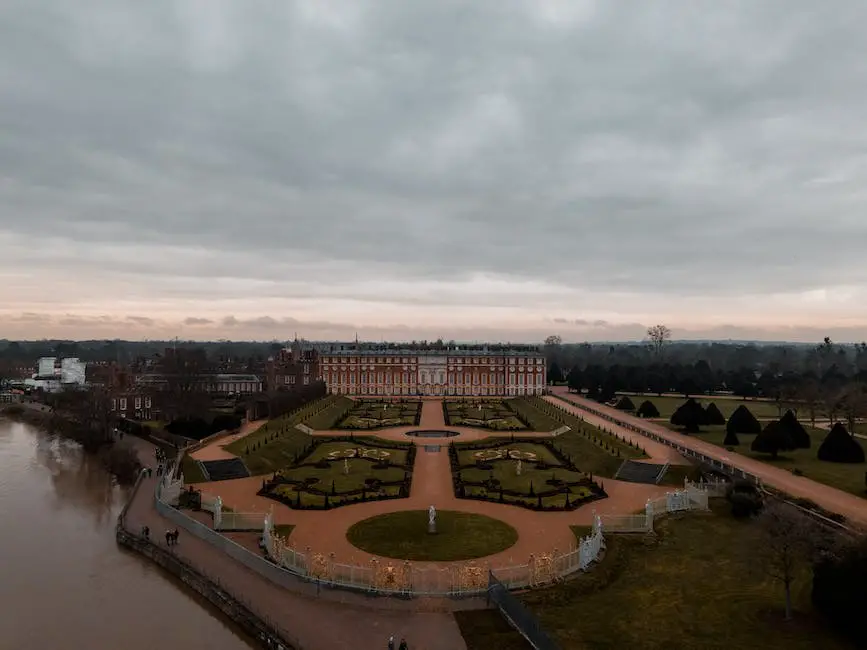
Clay Courts
The Birth of Clay Courts
Clay tennis courts date back to the mid-19th century and have their roots in Britain. Country clubs there began using clay to construct outdoor courts for summertime play. Clay for these courts was sourced directly from the ground and flattened using heavy rollers to set up a level playing surface, marking the start of another classic tennis tradition.
Development and Usage
The advent of clay courts brought a major change in the world of tennis. Fully comprised of crushed shale, stone, or brick, the clay court provides a slow playing surface. It was adopted widely across Europe and South America, marking a significant shift from the traditional grass courts. France and Spain are specifically known for their affinity to clay courts.
It’s important to highlight that there are different types of clay courts: red clay (the most common), used in European and Latin American countries, and green clay, used primarily in the U.S. The main difference between these types of clay courts is that the red clays are slower and produce a higher bounce compared to the green clays.
Impact on Playing Styles and Techniques
Due to the slower surface, clay courts alter the speed, spin, and bounce of the ball, hence affecting the players’ styles and techniques. Players on clay courts need to be excellent at groundstroke battles and display patience and endurance. Big servers and volleyers often find it difficult to play their natural game on these courts. Players need to adapt their game to extend rallies and win points with strategic placement due to the high-bounce characteristic of clay courts.
Major Clay Court Tournaments
Possibly the most prominent clay court tournament is the French Open, one of the four annual Grand Slam tournaments. Other significant clay court tournaments include the Monte Carlo Masters, the Italian Open, and the Madrid Open.
Celebrated Players on the Clay Court Surface
Several players have emerged as clay court specialists over the years. Notable players include Rafael Nadal of Spain, often referred to as the “King of Clay”, who has 13 French Open titles to his name. On the women’s side, Chris Evert and Steffi Graf have demonstrated phenomenal clay court skills.
Clay courts have left an indelible mark on the tennis world. They’ve given rise to unique playing styles and have served as the backdrop to some of the sport’s most riveting tournaments and players.
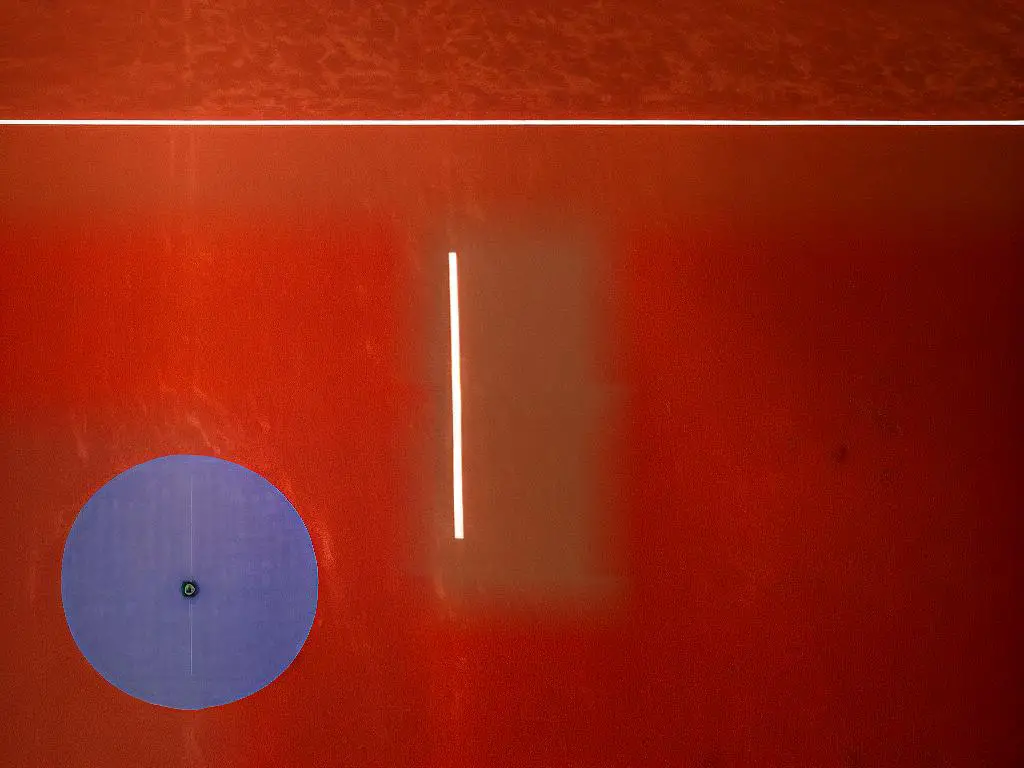
Hard Courts
Hard Courts: A New Era
As tennis began to evolve in the 20th century, hard courts emerged on the scene. These were intended to speed up matches and mitigate the maintenance associated with both grass and clay courts. The 1940s saw the introduction of acrylic hard courts in the United States, which ultimately set the precedent for most major tennis tournaments today.
The Evolution and Impact on The Game
Hard courts have evolved significantly since their inception. They were initially simple concrete or asphalt surfaces, but as technology progressed, the surfaces were coated with acrylic material to lessen impact, improve bounce, and increase durability. The introduction of hard courts changed the dynamics of the game, with a faster pace and consistent bounce compared to other surfaces. This encouraged players to strengthen their serving and returning game, leading to the rise of power-based, aggressive play in modern tennis.
The Pros and Cons of Hard Courts
Hard courts are renowned for their even and predictable bounce, which tends to make them fairer than other surface types. Players can rely on their skills and techniques as the ball bounces high and true. Moreover, hard courts are the most democratic of all surfaces as they do not overly favor any style of play.
However, a significant disadvantage of hard courts is the increased risk of injuries due to the hardness of the surface. The surface produces greater wear and tear on the player’s body compared to grass or clay. The rigid surface doesn’t absorb shock well, making long rallies particularly challenging. Players, over time, experience the strain on their joints from frequent play on hard courts.
Well-Known Players Who Have Thrived on Hard Courts
Hard courts have served as the battlegrounds for some of the greatest players in tennis history. Andre Agassi, with his powerful baseline game, thrived on the consistency of hard courts. Likewise, Pete Sampras with his aggressive serve-and-volley tactic garnered several major wins on the surface.
In more recent times, players like Novak Djokovic, Serena Williams, and Roger Federer have contributed to the history of hard-court tennis. Djokovic, known for his impeccable defense, physical fitness, and deep groundstrokes, has secured numerous titles on hard court surfaces. Serena Williams, with her powerful serves and aggressive play, has dominated the hard courts for much of her career.
Finishing Thoughts
Hard courts have played a significant role in tennis history, influencing the play styles, tactics, and physicality of contemporary players. Despite any drawbacks, the hard court stands as a testament to the evolution of the sport. As we continue to marvel at the professionals who master it, we witness the unfolding history of this court.
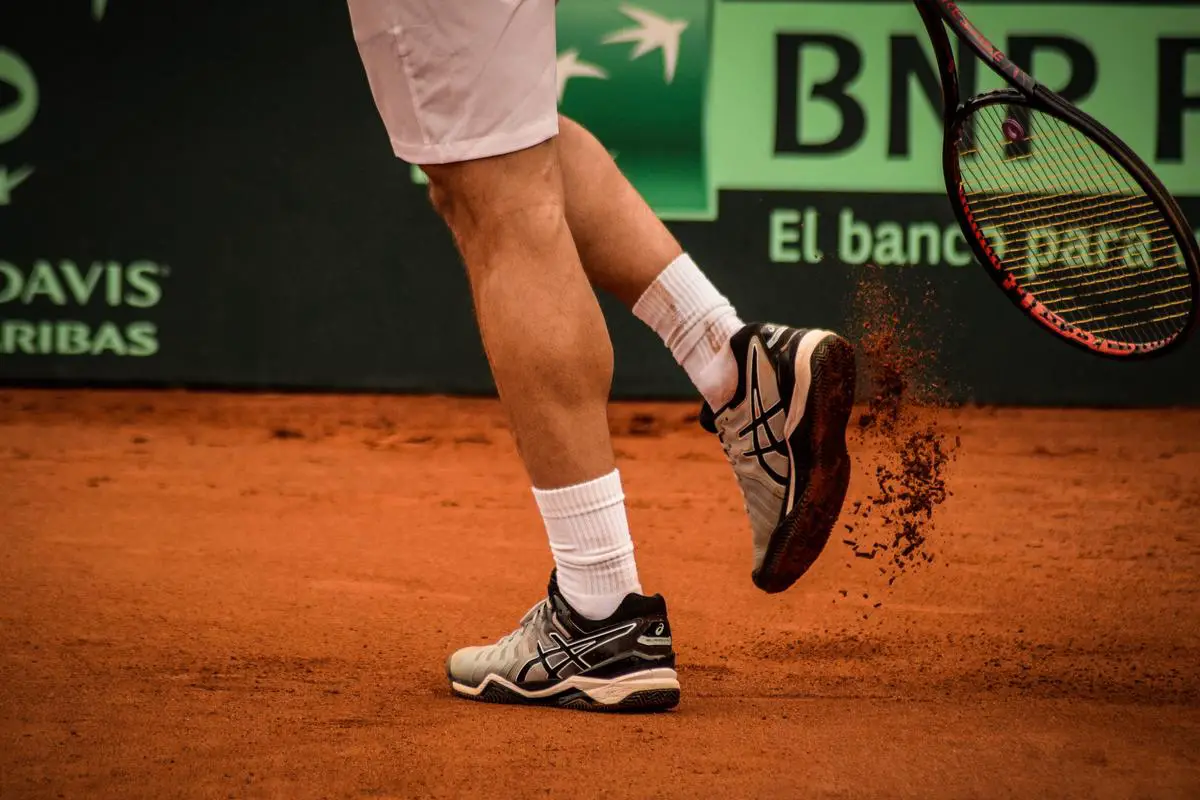
Photo by gonchifacello on Unsplash
Carpet Courts
The Bygone Era of Carpet Courts
Transitioning from the outdoors to indoors, let’s cast our sights on carpet tennis courts. As their name implies, these courts employed a carpet-like material for their playing surface. As we delve into the history of tennis, it’s hard to miss the significant impact of these unique indoor courts on the sport’s global evolution.
Carpet courts, traditionally consisting of a textile surface like nylon or rubber laid on a concrete or hardwood base, gained immense popularity in the 1960s and 1970s. Frequently used for professional tournaments, they significantly sped up games due to their smooth surface. This new dynamic forced players to adapt their strategies, giving a distinct advantage to those proficient in effective serves and volleys.
Famous Tournaments and Players of Carpet Courts
A plethora of significant tournaments previously featured carpet courts. Amongst the most notable ones is the ATP Tour World Championships, held between 1970 and 2000, which used carpet courts until 1996. The Paris Masters also used a carpet surface until 2006, and the Kremlin Cup, held in Moscow, used carpet courts until 2007.
Some of the most iconic tennis players in history have had considerable success on carpet courts. One name that reigns supreme in carpet court history is Ivan Lendl. Known for his impressive overall career, the Czech-American, Former World No. 1, thrived on carpet courts, winning the US Pro Indoor Championships three times in his career.
Boris Becker, who was known for his powerful serve and volleys, also excelled on carpet courts. Among his many accolades, Becker won the Stockholm Open, an event played on carpet, on four occasions.
Martina Navratilova, an ex-world No. 1 in women’s singles and doubles, was also known for her dominance on carpet courts. She won multiple titles at the Avon Championships, an important tournament during the late 1970s and early 1980s that was played on carpet.
The Decline of Carpet Courts
Despite the rich history and high-speed play, carpet courts began a decline in the late 1980s. Due to their faster speed and low bounce, they were seen to favor serve-heavy and aggressive playing styles, therefore reducing longer baseline rallies, which were attracting the audience.
In an effort to standardize playing conditions across tours and reduce injuries, the International Tennis Federation decided to phase out carpet courts from professional events. By 2009, no professional ATP or WTA events were using carpet courts.
Despite their replacement with hard courts in many venues, some clubs and recreational facilities still use carpet courts. These courts offer a unique playing experience that gives a nod to a different era in tennis history.
Modern Influence and the Legacy of Carpet Courts
Carpet courts have notably shaped the dynamics of tennis with their demand for rapid play and precision in shots and volleys. Although these courts are no longer a part of the professional circuit, they are still fairly common in certain tennis clubs and indoor facilities, thus providing a connection to past eras of the sport.
A number of players today still choose to train on carpet courts in order to improve their serve-and-volley skills. Such courts serve as historical mementos, reminding us of the progress of the sport and the pioneer players who achieved greatness on these distinctive surfaces.
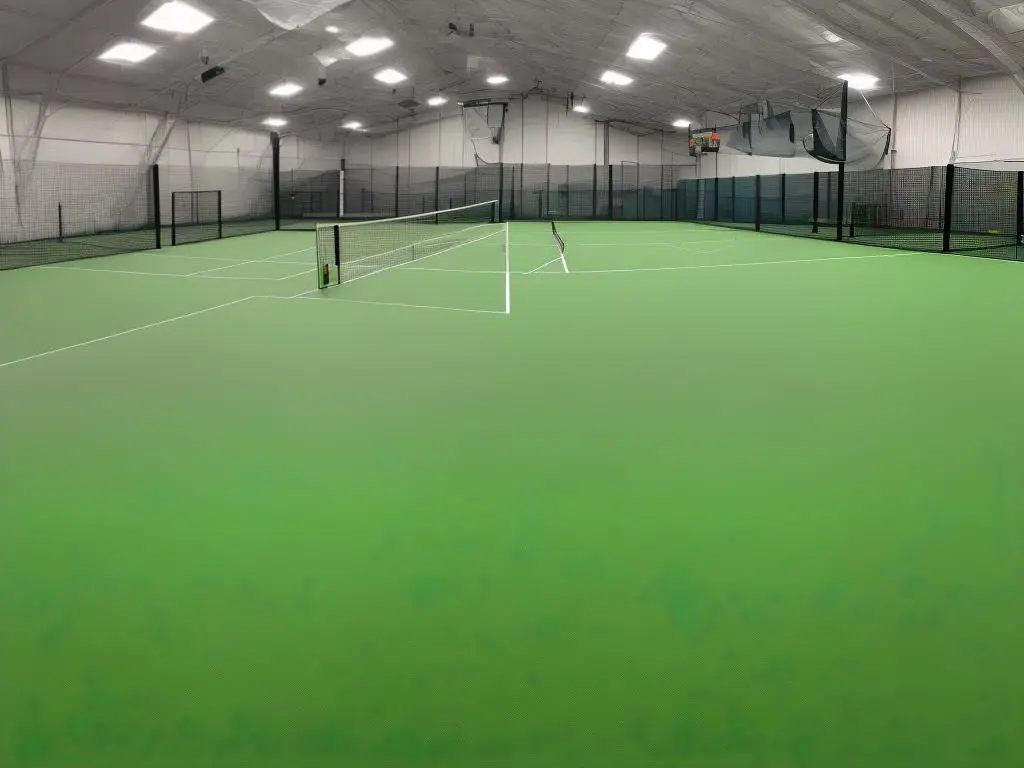
The Impact of Court Surfaces on Playing Styles and Techniques
The Evolution of Tennis Court Surfaces
The surfaces of tennis courts have seen remarkable changes since the days when the sport was played on makeshift courts in medieval times.Originally, the sport was played on a variety of surfaces ranging from grass and clay to materials akin to cement. As technology advanced and the techniques of players evolved, so did the surfaces of tennis courts, undergoing numerous changes through the course of their development.
Grass Courts and Playing Styles
Emerging from origins in England, grass courts are the original and oldest type of tennis court. They are characterized by a fast pace with the ball often remaining low, producing unpredictable bounces. This surface provides an advantage to players with a serve-and-volley playing style where the player serves the ball and quickly approaches the net to make the return shot. Notably, renowned tennis players like Pete Sampras and Roger Federer have thrived on grass courts due to their attacking play style, enabling them to win multiple Wimbledon titles.
Clay Courts and Technique Adaptation
Clay court surfaces, particularly prevalent in European countries, provide a slower pace of play. The ball bounces higher and more predictably on clay courts, which favors players with excellent defensive strategies and high endurance. These courts allow for longer rallies, often requiring a change in technique to impart more top-spin on the ball. Players like Rafael Nadal have mastered the clay court with their relentless defense and powerful top-spin strokes.
Hard Courts: A Balance of Speed and Bounce
Hard courts typically offer a balance between the high speed of grass courts and the high bounce of clay courts. They are made of rigid materials like concrete or asphalt, with an acrylic layer on top to ensure consistent bounce and reduce wear-and-tear. This surface requires a blend of offensive and defensive strategies, rewarding overall skill and adaptability in tennis techniques. Andre Agassi and Serena Williams are notable examples of players who excelled on hard court surfaces due to their aggressive, yet adaptable playing styles.
Impact of Court Surfaces on Tactics
The various court surfaces undeniably influence players’ strategies and techniques in tennis. The speed, spin, and bounce vary on different surfaces, necessitating changes in playing styles. Players often alter their serving tactics, groundstrokes, and their approach to the net based on the surface underfoot. Likewise, certain techniques, like delivering a ball with high velocity and low angle (more common on grass courts), or with slower speed and high spin (more effective on clay courts), can significantly influence the game’s outcome.
Therefore, understanding the impact of court surfaces on game play acts as an indispensable factor in the route to success in tennis across its vibrant history.
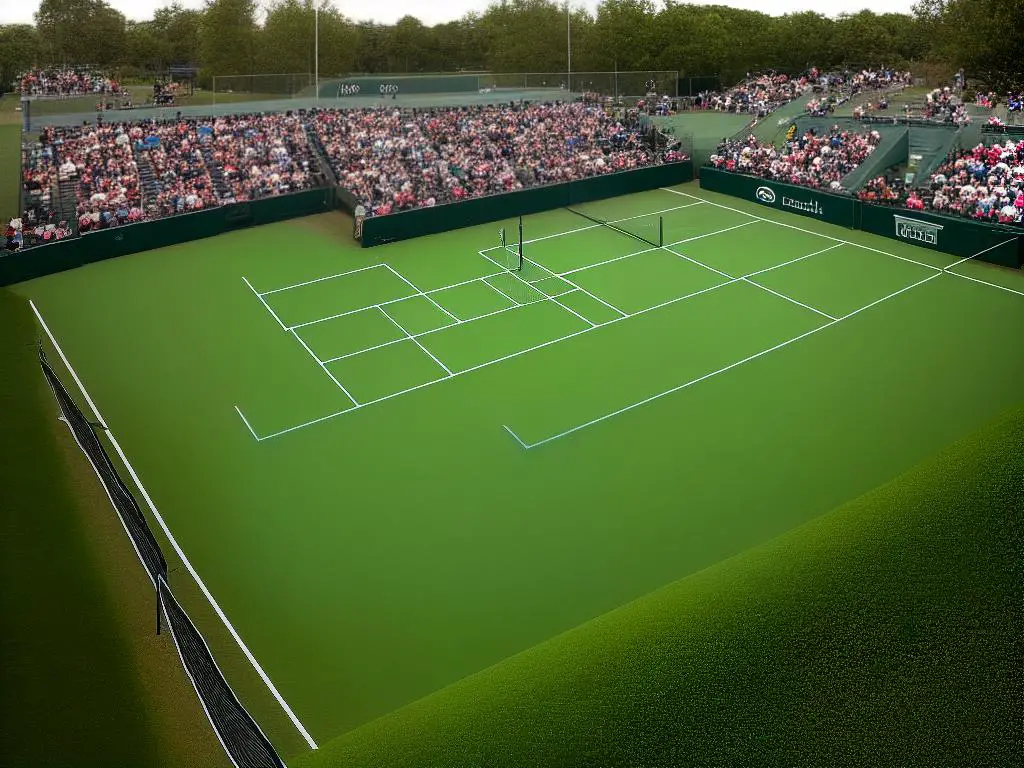
Through this enlightening traverse through the timeline and turf of tennis court surfaces, we have delved into the rich tapestry of their histories and the definition they provided to the game. The impact of these surfaces stretches beyond just their material composition, shaping tactics and techniques, dictating playing styles, and carving out tennis legends. While grass courts may speak of swift play, clay courts demand patience and endurance. Hard courts test versatility, and carpet courts have presented their unique challenges. The game of tennis, thus encapsulating these diverse scenarios, constantly adapts and thrives, each surface holding its prime role in this dynamic evolution. The court surfaces, thus, truly play a pivotal part in the unique saga that is tennis.
